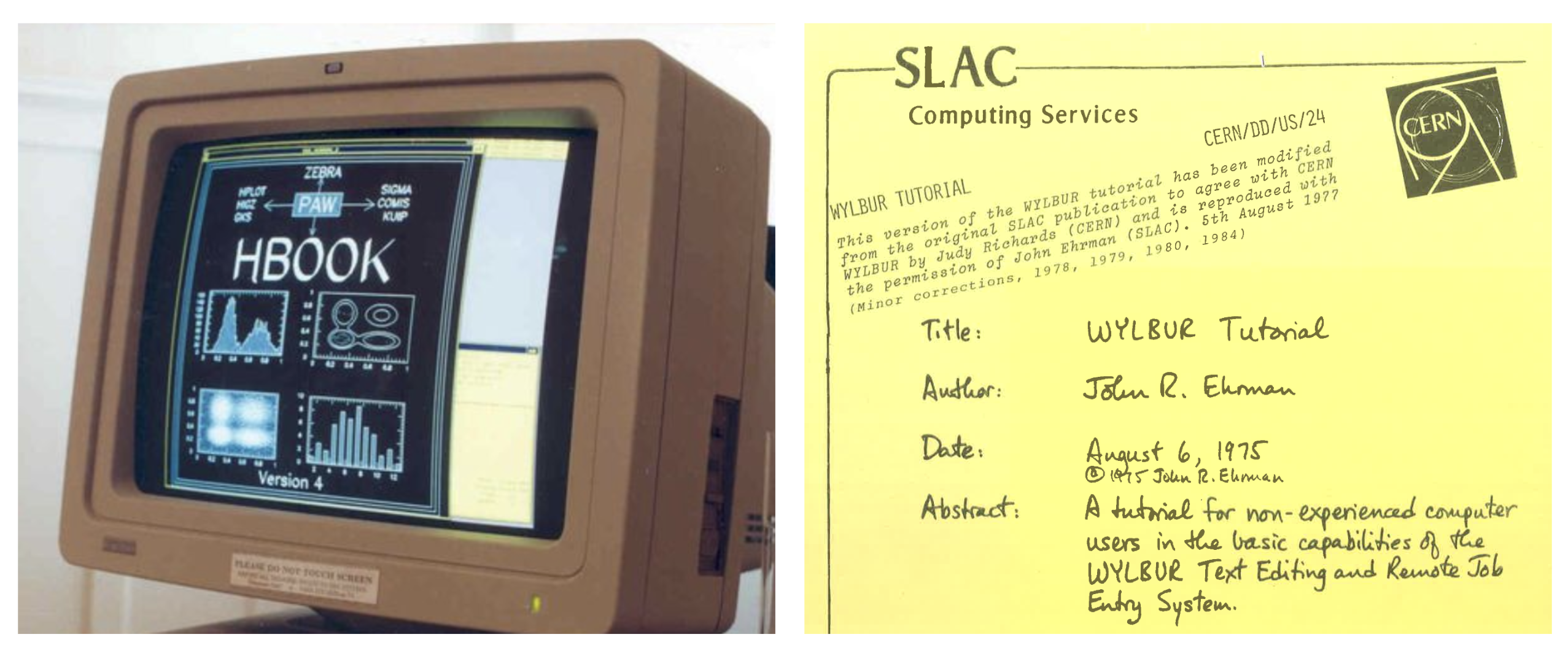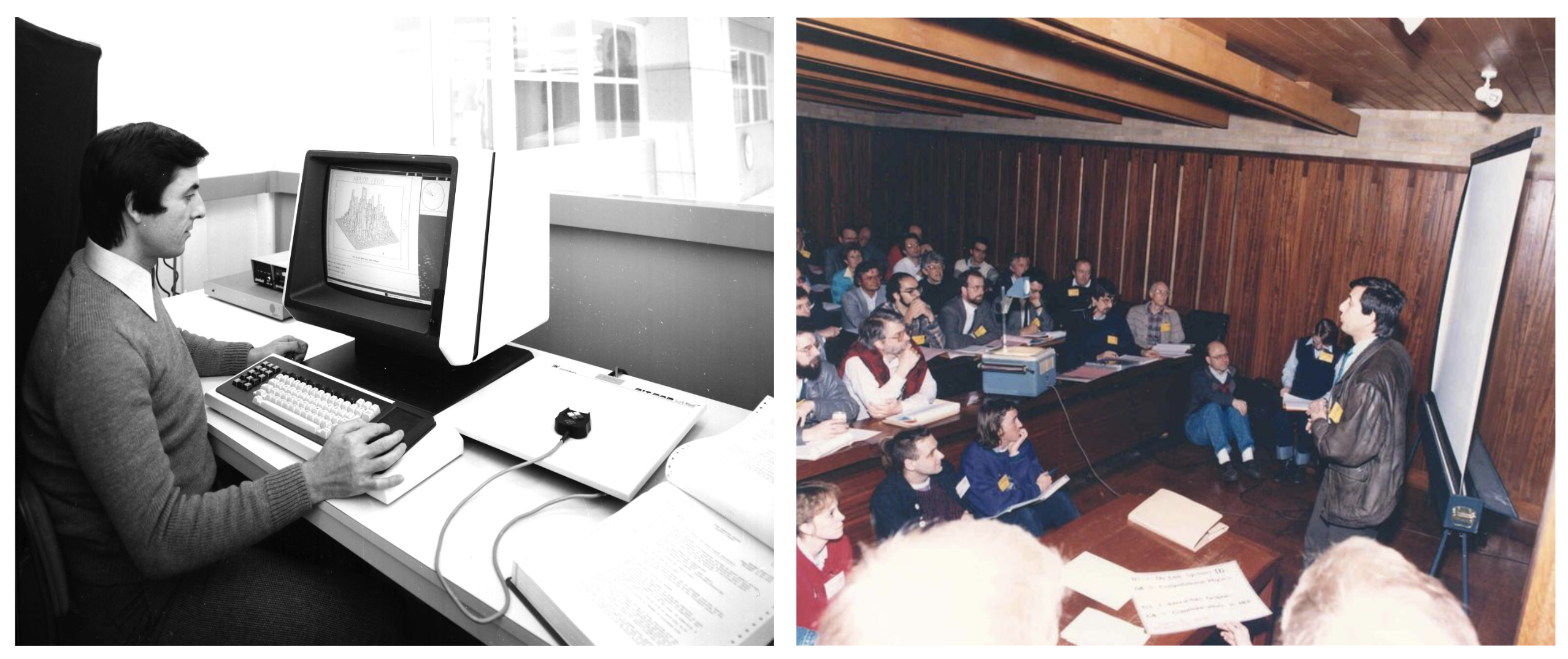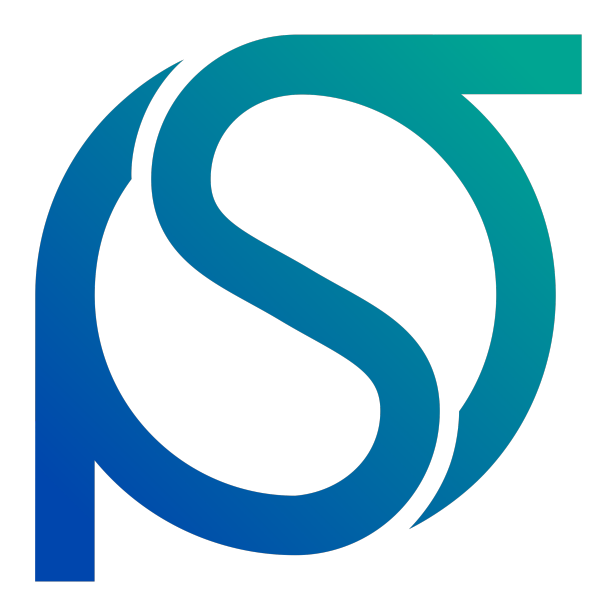What is knowledge? The Power of Openness
Knowledge is the practical or theoretical understanding of a subject. The more tools we are given to investigate it, the more complete our knowledge will be. The more people have access to it, the more knowledge becomes a living, growing entity. In the field of computer science, we ask a computer to perform some tasks for us through a code; in order to gain full understanding of what the code asks for, it is necessary to have full access to it. Openly sharing all the building blocks of a computer program down to their most basic layer is at the core of the Open Source theory. Although the movement consolidated in the 80s with the GNU Free Software Foundation, and later in the 90s when the term ‘Open Source’ was coined, scientists in research institutions around the world adopted the philosophy earlier, moved by the desire to build a common and cohesive scientific knowledge.
A little knowledge that acts is worth infinitely more than much knowledge that is idle.
Kahlil Gibran
CERN's Legacy of Sharing
The ethos of openness has been a cornerstone of CERN’s mission since its inception. The CERN Convention, signed on July 1st, 1953, enshrined the principle of publishing and disseminating the results of its experimental and theoretical work to advance global scientific knowledge. This foundational document also encouraged collaboration with other organisations, ensuring that information would flow freely to benefit the wider scientific community. By the 1970s, the practical implementation of this philosophy was becoming increasingly apparent. In 1970, CERN held its first Computing and Data Processing School, recognising the growing importance of computers in high-energy physics. The school aimed to bridge the gap between computer scientists and physicists, fostering a rich cross-pollination of ideas; this initiative laid the foundation for what is now the CERN School of Computing.
As the computing landscape evolved, CERN embraced the practice of sharing software tools. Already in 1977, correspondences between René Brun at CERN, the Lawrence Berkeley National Laboratory in California and the Russian accelerator Laboratory at Serpukhov underscored this spirit. In several letters, they discussed sharing the source code of HBOOK, the pioneering 2D histogram plotter - developed at CERN - that transformed data visualisation in particle physics, recognising the ‘mutual benefit’ that would derive from this. Around the same time, the Stanford Linear Accelerator Centre (SLAC) developed WYLBUR, a ground-breaking text editor to submit batch processing jobs, which transitioned users from punched cards to interactive terminals. This program, emblematic of efficient and innovative computing, was immediately adopted by CERN with SLAC’s permission, as can be seen in the beautifully illustrated, hand-written manual dating back to 1975.

The first page of the manually illustrated WYLBUR manual from SLAC.

CERN and other sites who ran IBM specific operating systems soon realised that it was advantageous to work together; they produced the HEPVM tape, sharing the code needed to produce a unified high-energy physics environment. In 1984, CERN decided to make available Cernlib, the CERN Program Library, to any laboratory involved in the CERN Program.
Empowerment Through Open Source: from the touch screen to the WWW
Open Source is not just about accessibility—it’s about empowerment. When software is transparent, anyone can learn from it. When it is adaptable, anyone can contribute to it. This approach shifts the power dynamic between users, who become active collaborators, and creators, who nevertheless maintain the product’s ownership. Intellectual property is protected by licences. CERN’s Yellow Reports, employed since the 1950s to circulate the laboratory’s main discoveries, exemplify this balance between ownership and openness. An edition from 1973, which marks the release of the capacitive touch screen model by Danish engineer Bent Stumpe, starts with ‘permission will be freely granted for appropriate non-commercial use. […] CERN however, may oppose any attempt by a user to claim any proprietary or patent rights’. This claim, which can be considered an early version of copyright, enabled the invention to spread world-wide, facilitating its industrial production.
Permission will be freely granted for appropriate non-commercial use. […] CERN however, may oppose any attempt by a user to claim any proprietary or patent rights.
CERN Yellow Report, 1973

Bent Stumpe showing the first prototype of the capacitative touch screen from 1973 next to a modern iPhone, which uses the same technology, 2016.
Similarly, the release of the World Wide Web in the 1990s by Tim Berners-Lee was quickly protected from private appropriation. Initially being placed in the public domain, it was later licensed under an Open Source framework in 1994, conceding anyone the perpetual and irrevocable right to use and modify it freely and without royalties.
This act of transparency allowed all computer scientists to access the code’s specificities, igniting widespread interest in the Web and fostering the fast growth of a robust, collaborative internet community. Without this collective support, the Web might not have gained the momentum it needed to successfully root into society. This example highlights how openness can drive innovation and growth, a principle increasingly relevant as the Open Source movement gains popularity. It also challenges the misconception that openness and commercial viability are mutually exclusive. Contrary to common belief, non-proprietary is not synonymous with non-commercial; revenue can be generated through extensions, consulting services, or customised solutions that build on the Open Source foundation.

The birth of OSPO
CERN, as a leading scientific international organisation, keeps advocating for collaboration: in 2009 the Open Hardware Repository was founded to facilitate collaboration among electronics designers. This initiative culminated in the creation of the CERN Open Hardware License in 2011, a legal tool that promotes the sharing and adaptation of hardware designs. The following year, the Open Source License Task Force produced the first set of official guidelines for publishing CERN software under Open Source licences, further solidifying the laboratory’s commitment to transparency.
The MALT project, launched in 2019, explored open-source alternatives to commercial software, addressing concerns about vendor lock-in and unsustainable licensing models. This initiative paved the way for more robust policies governing software use and culminated in the creation of CERN’s Open Source Program Office (OSPO) in 2023. The OSPO now serves as a hub for coordinating Open Source activities, reflecting CERN’s belief in the transformative power of open collaboration. In September 2022, CERN approved its Open Science Policy, encapsulating decades of efforts to democratise access to knowledge. The policy encompasses Open Access, Open Data, Open Source Software and Hardware, as well as overarching topics such as research integrity and open infrastructures.
Ultimately, CERN’s history reminds us that Open Source isn’t just a technical decision; it’s a philosophical one, pursued in the desire to democratise understanding. When we collaborate, we empower communities and foster innovation. When barriers are lowered, shared knowledge flourishes and sparks unexpected, wonderful ideas.
Article and pictures by Elena Gazzarrini, freelance science communicator
